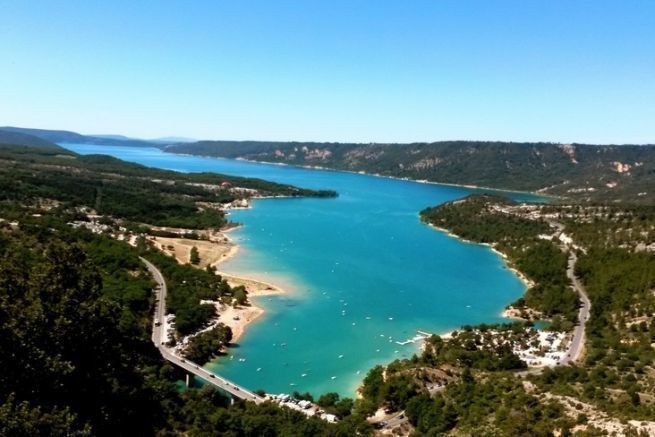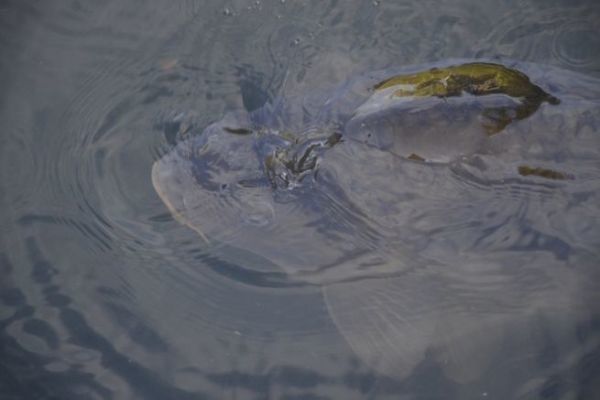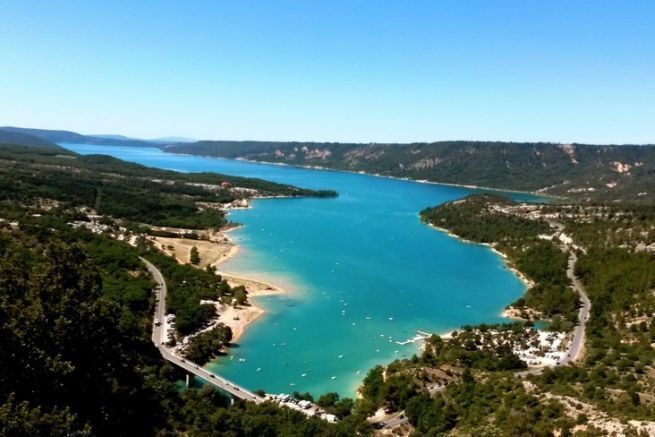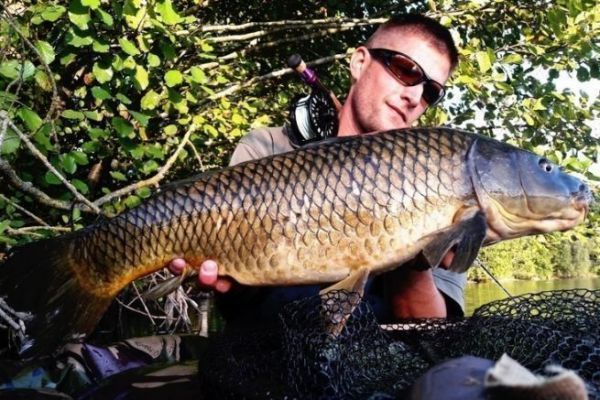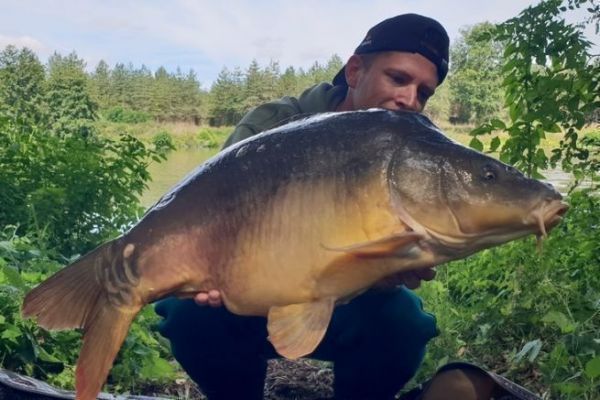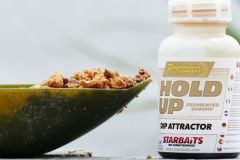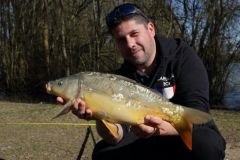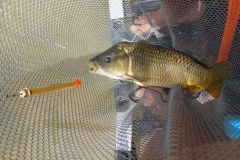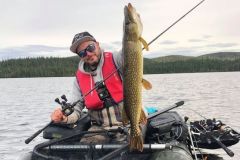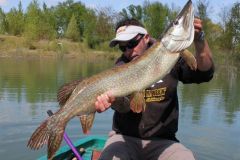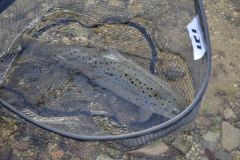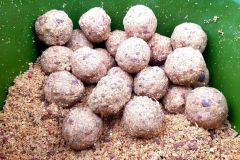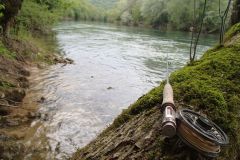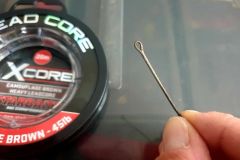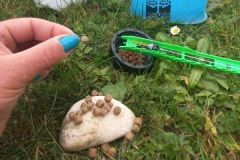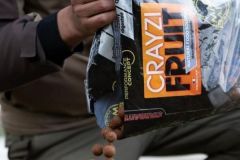To apprehend the summer, it is important to know at least the characteristics of this season and the modifications which they involve on the aquatic environment and thus on the behavior of carps. With some basic knowledge, it is then easier for us to choose fishing places and to set up an adapted approach.
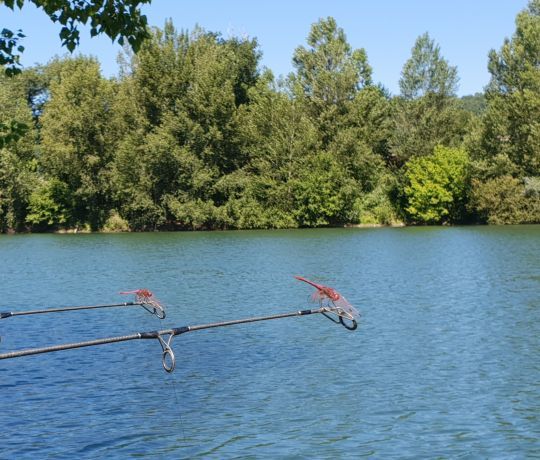
The phenomena of the summer
In summer, the days are often hot with sometimes an accumulation phenomenon due to stifling nights. Of course, a high temperature allows a decrease of the digestion time, but the dissolved oxygen level, sometimes low, inhibits this process. Our fishing then becomes very random. Waiting for the climatic conditions to be optimal would very often mean drying out in the sun.
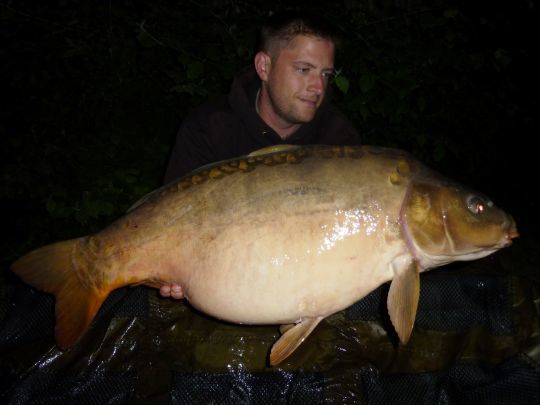
It is thus preferable to make with it. The behavior of the carp will depend on two very important factors which are the water temperature and its dissolved oxygen rate. The fishes are thus in constant research of zones where they will find a good balance between these two factors. Most of the time, carps are installed on comfort zones and feed little or not at all.
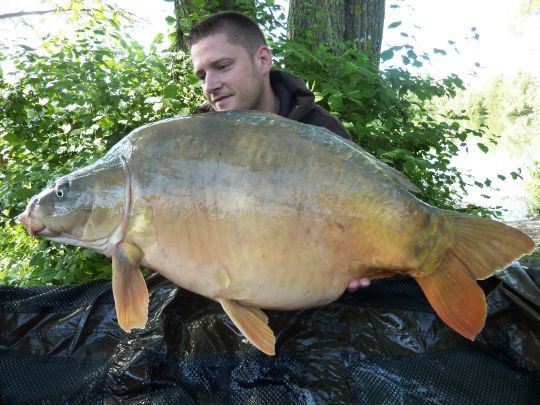
When water becomes soup
In summer, like the air, the water is very hot. On the menu, it is almost soup every day. Generally speaking, shallow waters are warm and homogeneous, but deeper places generate the famous thermocline. Indeed, in our temperate country, most of the deep lakes are divided into temperature strata.
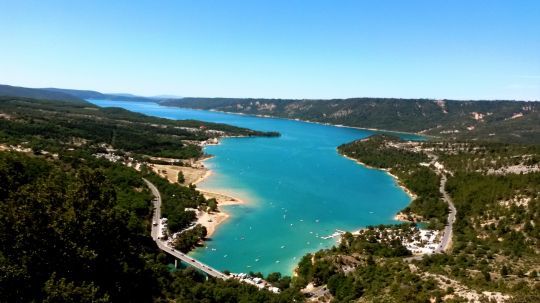
The epilimnion
The upper layer, called epilimnion, will be warm. It is this epilimnion which, exposed to the wind, will renew its oxygen the most. Conversely, the hypolimnion, that is to say the lower layer of water, will be cold. However, as the summer progresses, it will gradually lose its dissolved oxygen.
These two layers do not communicate with each other because of this thermocline which separates them and which limits or even totally prevents the exchange of temperature and oxygen. It is for these reasons that fish spend most of their time in the upper layers, because they find a certain well-being there.
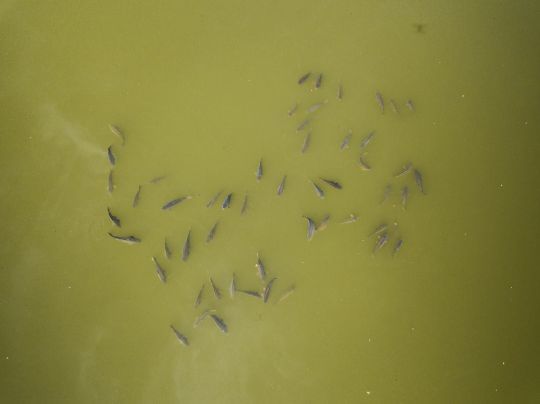
In rivers, the more the current is sustained and the lower the temperature is. The temperature and oxygenation will determine our fishing and should lead us to make the right decisions in the approach and in the choice of the places.
The complexity of summer fishing is certainly dependent on these two factors, but is also accentuated by: abundant food, very active pests, increased proliferation of weeds of all kinds, lots of people at the water's edgeâeuros¦
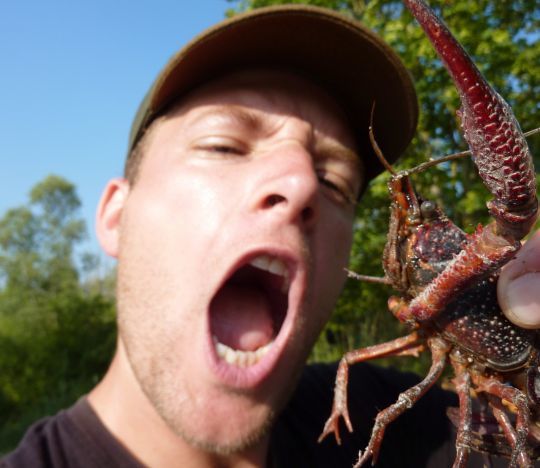
The optimal conditions
The conditions for triggering many hits are quite rare in summer. The temperature and the dissolved oxygen level must be high. This is why a strong wind in summer often allows to unblock situations frozen for several days or even several weeks. It will allow the different layers of water to mix to have an adequate temperature and oxygenation.
In the same way, a thunderstorm with a drop in pressure will be very effective, but these are rather rare, whereas more classic and widespread thunderstorms will be almost ineffective. Of course, a depression is noted at each storm, but it is often too weak and too fast to influence our results in the long term. So, yes, an intensive rain will trigger activity especially in stagnant water, but it will be ephemeral. Thus, the saving conditions are sometimes waiting to never arrive.
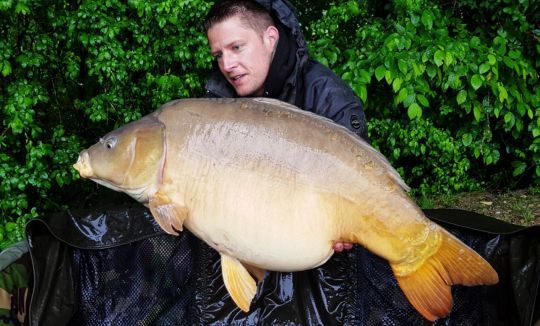
Good season or fishing nightmare?
In addition to a categorical answer, it is necessary to master the summer as well as possible in order to find solutions that are not miraculous, but that allow for interesting results combined with pleasure. As always, and summer is no exception, you have to adapt! We will review in a future article the different approaches for this.
